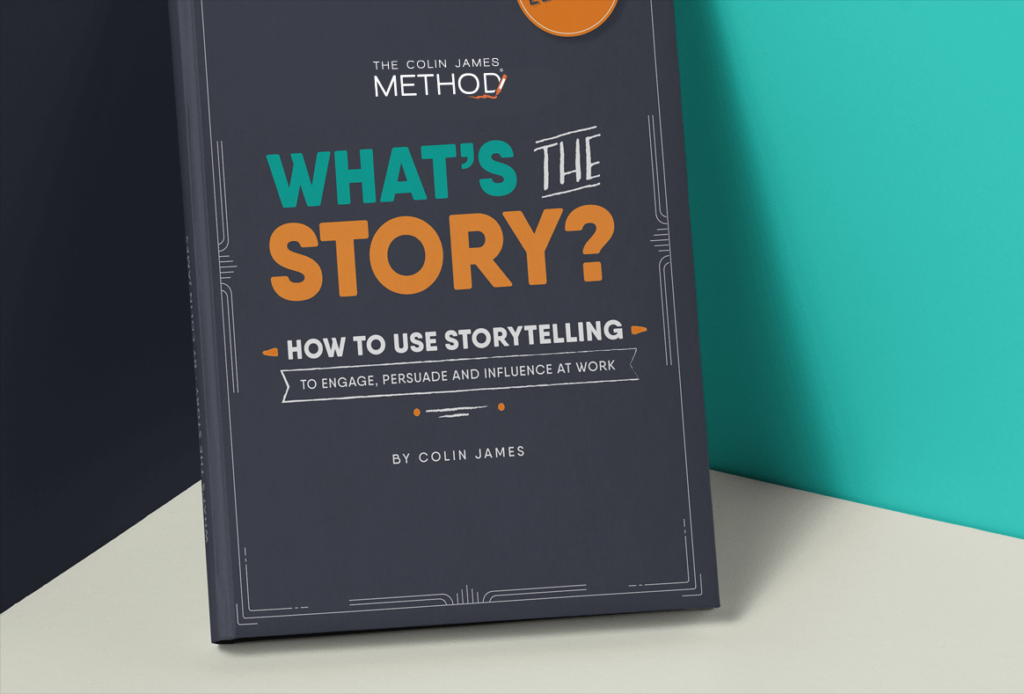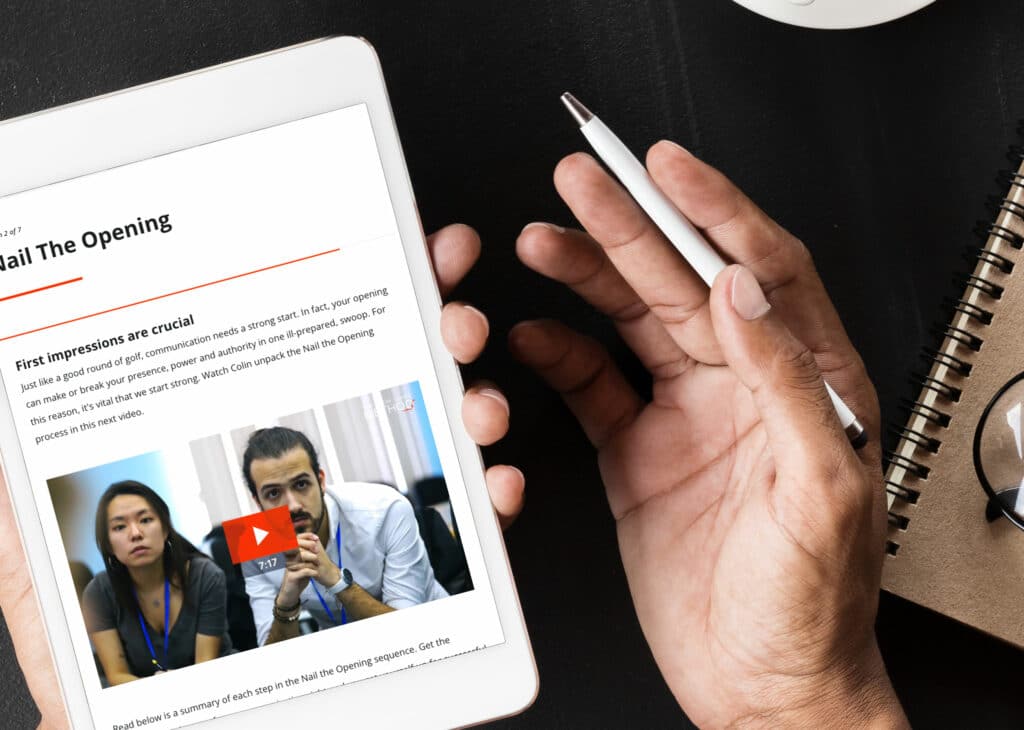Poor old PowerPoint. So often this unassuming piece of software is used for evil. Well, not exactly evil. That makes it sound too exciting. So often it’s used to stultify, numb and create grinding tedium in educational facilities and boardrooms around the world.
It’s been so badly used, yet is so ubiquitous, that the US armed forces had to seriously rethink its use in strategy meetings. They felt that the ‘program stifled discussion, critical thinking and thoughtful decision-making. Not least, it ties up junior officers — referred to as PowerPoint Rangers.’
Very complex geopolitical issues were reduced to a few bullet points. Or at the other end of the spectrum the slide would try to encompass too much complexity, leading one commentator to quip: ‘When we understand that slide, we’ll have won the war.’
The problem is this: Visual aids like PowerPoint should be used to clarify or reinforce the point you are trying to make. Yet so often we use it as a crutch, too overwhelmed and time-poor to properly learn our material, we jam all of it onto overloaded slides and hope for the best.
“Some presenters encompass their entire speech within PowerPoint, detracting attention away from themselves and derailing the impact of their message.”
Some presenters encompass their entire speech within PowerPoint, detracting attention away from themselves and derailing the impact of their message. Don’t get us wrong, visual aids can add tremendous value to a presentation, but not the way the majority of us use it. So how can you make sure that your visual aids are bringing the ‘x-factor’ to proceedings?
You are the main attraction
Like Celine Dion in Vegas, people should be coming to see you. Ideally, you are all you need to keep an audience nestled in the palm of your hand.
From the moment you walk into the room, you should be confident, energised and prepared (the latter helps with the former). Being able to stand in front of a group unplugged from technology immediately signals to your audience that you are confident and in control. In every single presentation, you need to be able to positively assert that if your slides spontaneously combusted, you could put out the flames and carry on as though you weren’t standing near a smouldering device.
The way you use your body and your voice should culminate to deliver your message with verve and vigour.
Take a look at the way Billy Connolly performs. He goes up on stage with nothing more than a microphone stand and keeps his audience enthralled. He is expansive, expressive and vital, bouncing around the stage like a bearded springbok.
And if you feel that such enthusiastic joie de vivre might not be appropriate for a presentation in the corporate sector, then you’d be wrong. Introducing good vibes, levity and humour can create engagement and generate positive energy towards an idea in a way that very factual data-laden slides cannot.
Visual aids should be a complement, not a crutch
Having said that, there are times when visual aids can powerfully support your message (yes, even PowerPoint). In recent years, we at The Colin James Method have reverted to using the ‘chalk and talk’ method (along with Harvard Business School we might add!).
Using flipcharts, or even a chalkboard can be a masterful way to add colour, originality and interaction into your presentation, especially if you are dealing with a complex or detailed topic. Creating a visual aid in front of your audience is also far more compelling and memorable than “here is something I prepared earlier”. The only thing to note about flipcharts, though, is that you may need to ensure that your writing is up to scratch. If your handwriting looks like a chicken has dipped its beak in some ink and attacked the paper, then you won’t convey command or confidence!
So can I use PowerPoint?
Short answer: Yes. PowerPoint is effective when it supports your message. One of the best presentations we have seen was given by an executive in Shanghai. He started with blank slides. As he developed an idea, he would carefully add bits of information (and leave some off at crucial points to heighten suspense.) The PowerPoint didn’t tell the story, the executive did. The slides served as an illustration to his narrative.
Graphics and images in particular, can add visual variety to your presentation and communicate complex ideas with simplicity.
In summary, changing the way you view PowerPoint means using it to highlight, emphasise and illustrate your message. This way it can be a tool for good and not for creating mind-numbing boredom. Would you like more information on how to use visual aids to surprise, educate and delight? Then you should download our guide to creating a memorable presentation today.

The Colin James Method® Facilitators train corporate executives to improve their professional communication skills with a proven methodology. Our highly trained Facilitators and Coaches are recognised for their experience in their fields and have worked with many individuals and organisations around the world to master the art of communication.











